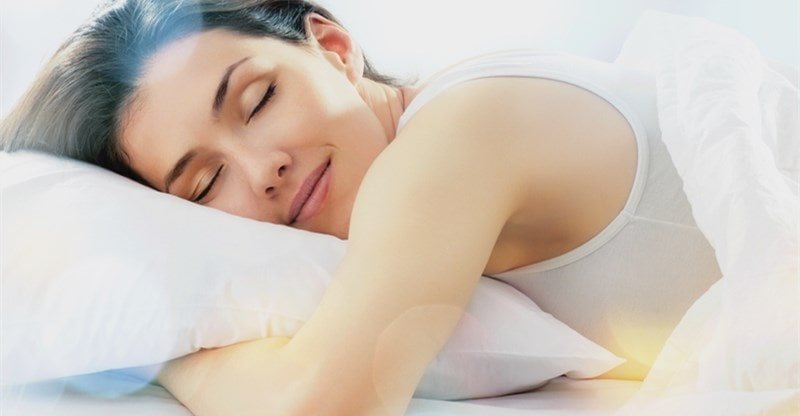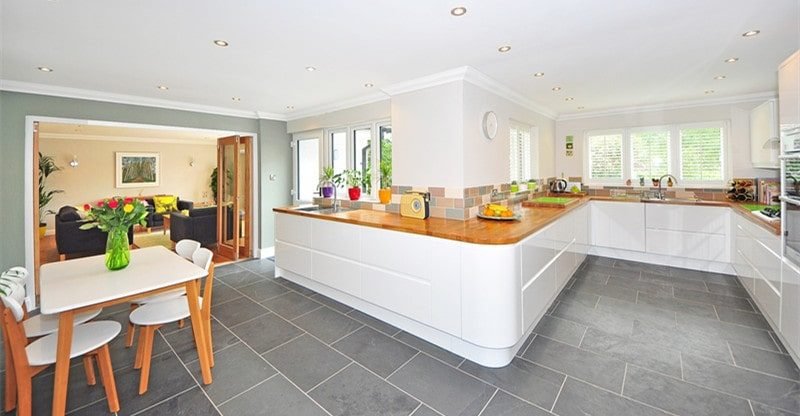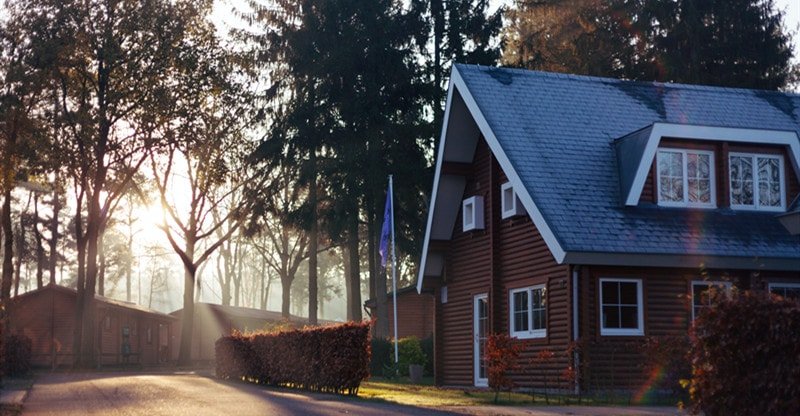
A wide range of roofing materials currently dominates the market, spanning from asphalt shingles and concrete tiles to innovative alternatives. Among these, metal has emerged as a leading favorite. Over time, this material has evolved significantly, offering homeowners a diverse selection of options. In recent years, several notable metal roofing styles and designs have gained prominence, underscoring the adaptability and advantages of metal as a durable choice.
1) Steel Tiles and Shingles
Metal tiles and shingles represent one of the most prominent emerging trends in roofing today. These options replicate the appearance of classic materials such as asphalt, wood, or slate, delivering an attractive visual while seamlessly integrating with various architectural designs and motifs. Simultaneously, they deliver the core benefits associated with metal roofing, such as extended lifespan, robust resilience, and improved energy performance. For instance, metal tiles often boast a service life of 40 to 70 years, far outpacing many traditional counterparts, making them a smart long-term investment for property owners.
2) Standing Seam Roofs
Standing seam metal roofs are experiencing a surge in demand, providing structures with a sleek, modern aesthetic. Various configurations of these systems exist, tailored to accommodate different requirements and roof configurations. A standout attribute is the concealed fastening mechanism, which results in uninterrupted, elegant lines free from exposed hardware. This design not only enhances visual appeal but also shields the fasteners from environmental stressors, reducing the risk of deterioration and potential leaks. Studies show that such roofs can maintain integrity for up to 50 years or more with proper maintenance, offering superior protection against weather elements.
3) Weathering Steel
Weathering steel, commonly referred to as Corten steel, is making significant inroads in the roofing sector. This material naturally forms a protective rust layer on its surface over time, which is intentionally engineered for both aesthetic and functional purposes. The result is a distinctive, rugged charm that can enhance the character of residential or commercial buildings. More than just visual appeal, this rust coating acts as a barrier against deeper corrosion, extending the material’s durability. Originally developed in the mid-20th century for industrial applications, it’s now popular in architectural designs for its low-maintenance qualities and ability to withstand harsh climates.
4) Cool Roofing
The trend toward cool roofing solutions is gaining momentum across the construction industry, particularly with metal roofs featuring specialized coatings that reflect solar heat. These advanced finishes minimize heat absorption, helping to keep interiors at a more comfortable temperature. Consequently, this can lead to substantial reductions in energy use and cooling expenses. Homeowners and businesses benefit from greater comfort levels and cost savings on utilities, while the roofs themselves experience less wear from thermal expansion and contraction. Research indicates that cool roofing can reduce roof surface temperatures by up to 50 degrees Fahrenheit, potentially lowering air conditioning demands by 10-15% in warmer regions.
5) Eco-Friendly Roofing
Metal roofing inherently supports environmental sustainability due to its long-lasting nature and full recyclability. Many manufacturers now incorporate recycled metals into their products, which diminishes the environmental footprint of production processes. Options like cool roofing further amplify these green credentials by promoting energy conservation. For example, the recycling rate for steel in the U.S. exceeds 90%, making it one of the most eco-efficient materials available, and it helps reduce landfill waste while conserving natural resources for future generations.
6) Personalized Roofing Designs
Customized metal roofing options are becoming increasingly prevalent, building on the material’s inherent versatility. As noted earlier, metal can be fashioned to resemble traditional shingles or clay tiles, among other styles. Additionally, panels come in an assortment of colors, patterns, and dimensions, with various metal types to choose from. This flexibility allows for seamless application on buildings of any scale or design, including those with unconventional shapes. Architects and owners alike appreciate the endless creative opportunities, such as integrating energy-efficient features or matching specific regional aesthetics, to create truly unique and functional roofs.
Steel Roofing: Taking Homes and Businesses Into the Future
Metal roofing has been steadily ascending in popularity for years and is now more adaptable and desirable than ever before. With an expanding array of styles available, it provides unparalleled customization possibilities. It plays a pivotal role in the ongoing push for enhanced energy efficiency and ecological responsibility. From metal tiles and weathering steel to innovative designs, this material is poised to lead residential and commercial properties toward a more sustainable and advanced era.




